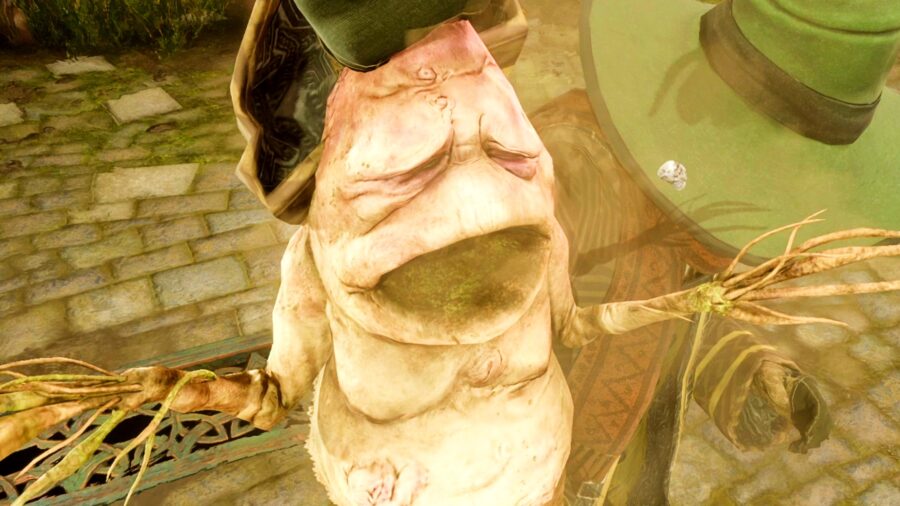Scientists Prove Plants Are Capable Of Crying, But Do They Feel?
Researchers have determined that tomato plants can emit a "crying" sound to external stimuli.

We all know what it sounds like when doves cry, but evidence suggests that plants are capable of crying as well! If you’re wondering whether they’re capable of feeling, or conveying other emotional cues, that’s still up for debate, according to Cell. According to the latest research, the “crying sounds” that plants emit are the result of a physiological reaction to external stimuli.
The test in question involved tomato and tobacco plants (they weren’t cross-pollinated “tomacco” plants like in The Simpsons, though), and they were tested under a couple of different conditions. When either dehydrated or cut there is evidence that plants emit a stress signal in the form of crying. Though this isn’t the kind of crying you hear when you get dumped and listen to The Cure on repeat in a dark room; this is more like an environmental cue to surrounding organisms.
Humans, however, cannot hear these wailing vegetative groans, but evidence suggests that other plant organisms, and possibly other animals may be able to pick up on the crying as a sign of distress.
But what’s the point of plants crying? Okay, so it’s not exactly a “crying” sound, but rather an ultrasonic popping noise, that helps researchers identify the current physiological condition of the distressed plant. In other words, these popping sounds aren’t because plants are sentient, but because their DNA is coded to provide environmental context to those species that share an ecosystem and interact with these plants. The implications from this study are that although these cries don’t come from consciousness, they serve a very specific purpose.

The study states that the tomato plants revealed a “clear temporal acoustic pattern,” and goes on to say, “the plants emit very few sounds when irrigated, the number of sounds per day increases in the following four to 4-5 days, and then the number of sounds decreases as the plant dries up.” Think about what this means in nature. If we’re facing a drought, the plants crying sounds could clue animals capable of hearing them into the fact that it’s time to migrate and find a better water source.
To control for this experiment, scientists considered all of the acoustic interference a typical greenhouse’s background noises. When controlling for these sounds (wind, air-conditioning, irrigation, etc…), and running data sets that excluded them, it became evident that the plants themselves emitted their own crying sounds that would clue researchers in on their current condition. For example, when tomato plants aren’t properly hydrated, and their own distinct sounds are separated from the usual ambient noise that occurs in a greenhouse, there is still activity occurring on acoustic meters.
Though this type of plant crying research is in its infancy, future applications of machine learning will uncover a wealth of knowledge about our ecosystems, and what this means in regard to plant and animal interactions during times of environmental distress. Though there is still a lot of ground that has yet to be covered, scientists can reasonably expect plants to emit sounds under a wide variety of different stressors, such as infections, soil contamination, and other abnormalities. As this form of research is further applied to other plants and their physiological conditions, we could use this information in agricultural and environmental applications to make sure our crops, forests, and ecosystems are thriving, and not crying.










